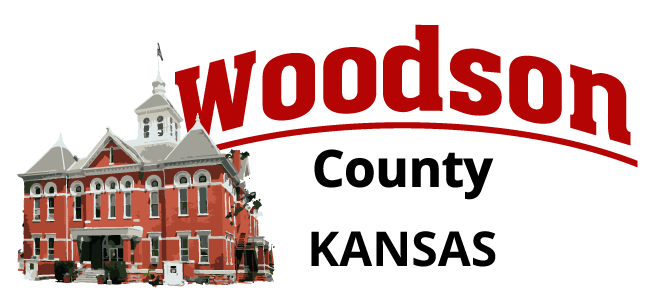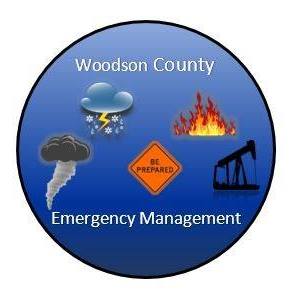Prescribed or controlled burning is a technique sometimes used in forest management, farming, or prairie restoration.
Prescribed or controlled burning is a technique sometimes used in forest management, farming, or prairie restoration. Fire is a natural part of both forest and grassland ecology and controlled fire can be a tool for farmers/ranchers in our area to safely reduce excessive amounts of dead vegetation, brush, shrubs and trees.
A controlled burn is called that for a reason, it takes preparation, knowledge of the weather conditions, a crew, tools, equipment, having water tanks available and on standby at the burn site. Burning pastures or woodlands should never be a light-it-and-leave-it method. Fire must be watched and controlled. Weather conditions have a huge impact on burning, too wet and you won’t get a good burn, too dry and the fire will spread fast, too windy and fire and get out of control in a matter of minutes. Burning is not something you do when winds are 30 miles per hour! Preparations for burning include establishing firebreaks around the area to be burned, doing back burns to establish a stopping point for a fire. Fires should not be lit when the weather service issues red flag warnings, or if the Board of County Commission has issued a Burn Ban.
Controlled burning stimulates the germination of some desirable vegetation, thus encouraging the new growth of native vegetation and maintaining the many plant and animal species whose habitats depend on periodic fire for renewal. Fire removes thatch that shades new growth. Minerals from dead weeds and grass are returned to the soil when burnt, ready to be used by new growth for nutrition. Removing dead thatch improves spring grazing for cattle in pastures, fresh is always better.
Another consideration is the issue of fire prevention.
When wildfires occur they can be fueled by old growth or downed trees or leaves in areas that have not been burned recently. Each year dried grasses, additional leaf litter and dropped branches increase the likelihood of a hot and uncontrollable fire. Controlled burning of pastures and woodlands can reduce the fuel a wildfire would have.
In Woodson County landowners need to contact the Woodson County Sheriff’s Office to obtain a county burn permit. When ready to burn the landowner needs to contact the Sheriff’s Office with the time and place of the burn and then inform when the burn is over so if reported later authorities will know that it is not controlled.
Obtaining a permit may not limit liability if the fire burns out of control, NEVER walk away from a burning fire!
The Office of the State Fire Marshal and Kansas Interagency Wildfire Council offer the following tips and best practices for helping farmers and ranchers to have safe and successful prescribed burns of their fields and pastures, ensuring a burn doesn’t become a wildfire:
- Know all state and local fire restrictions. Check with county officials who are charged with deciding whether burning is permissible based on local conditions.
- Notify neighbors as a courtesy prior to burning.
- Postpone the burn if unsure of the fuel and weather conditions.
- Check the weather forecast, not just for the day you will be burning, but for a couple days afterward as well to avoid “holdover” escapes from burns that were completed and forgotten about a day or more prior.
- Have adequate resources and equipment available to prevent escaped fires.
- Consider smoke management to avoid unsafe roads and air quality conditions.
- Do not burn to the ends of the field. Setting boundaries, “back burning” and keeping the fire off of fence rows will prevent out-of-control burns.
Per Kansas law, open burning operation conditions must adhere to detailed guidelines as specified in Kansas Administrative Regulations 28-19-645, 28-19-646, 28-19-647 & 28-19-648 (view regulations here). Violation of these regulations is subject to penalty. Woodson County Board of Commissioners may impose stricter guidelines through the adoption of resolutions.


